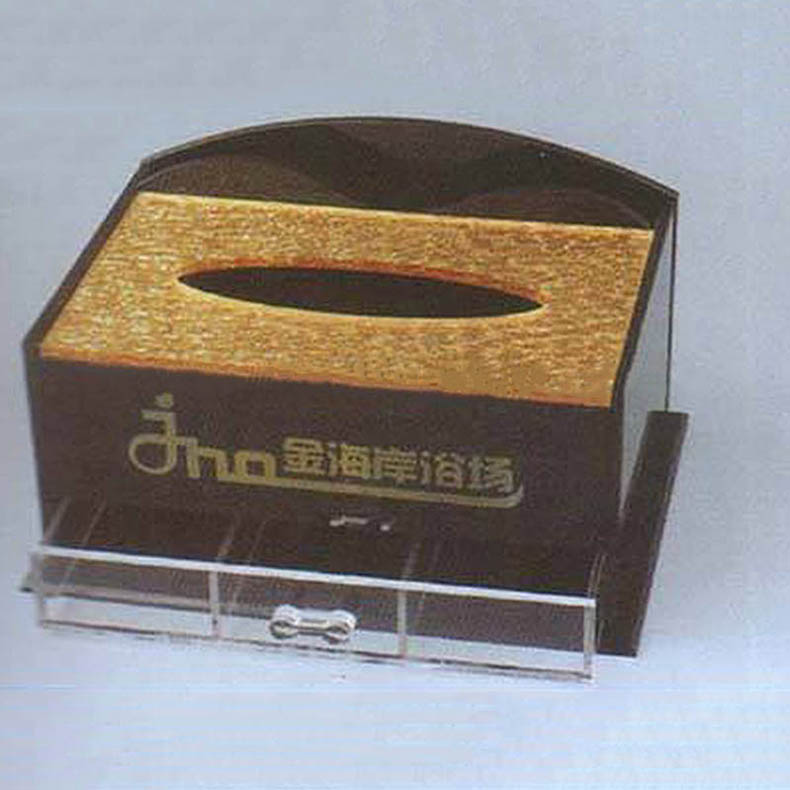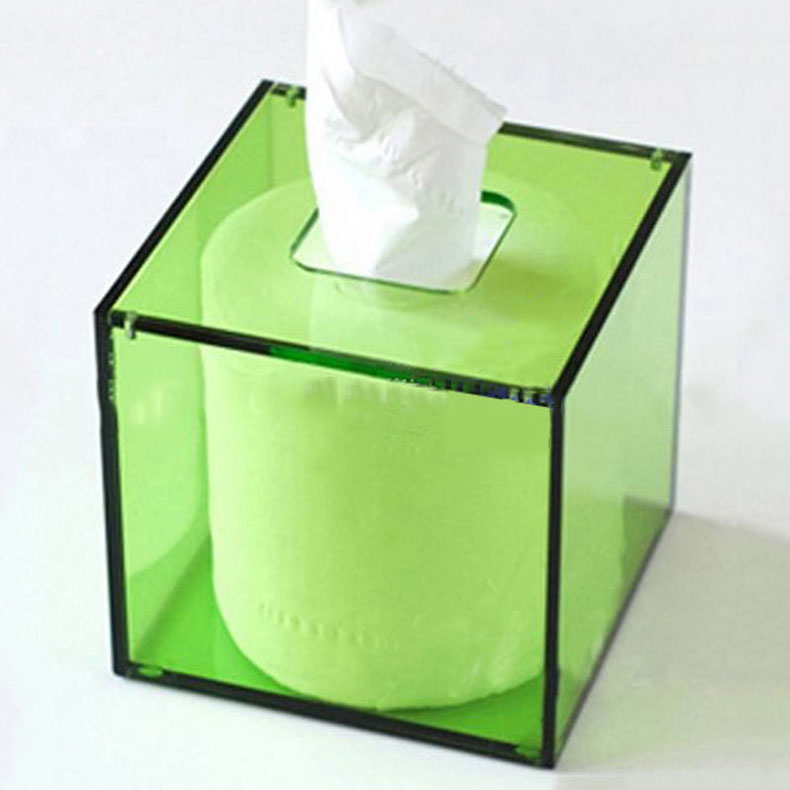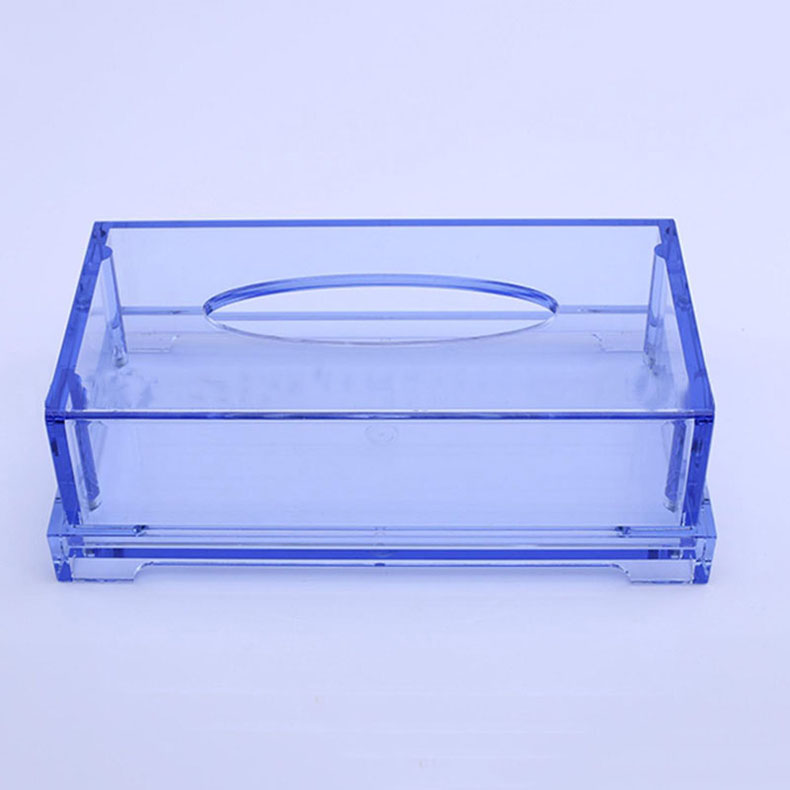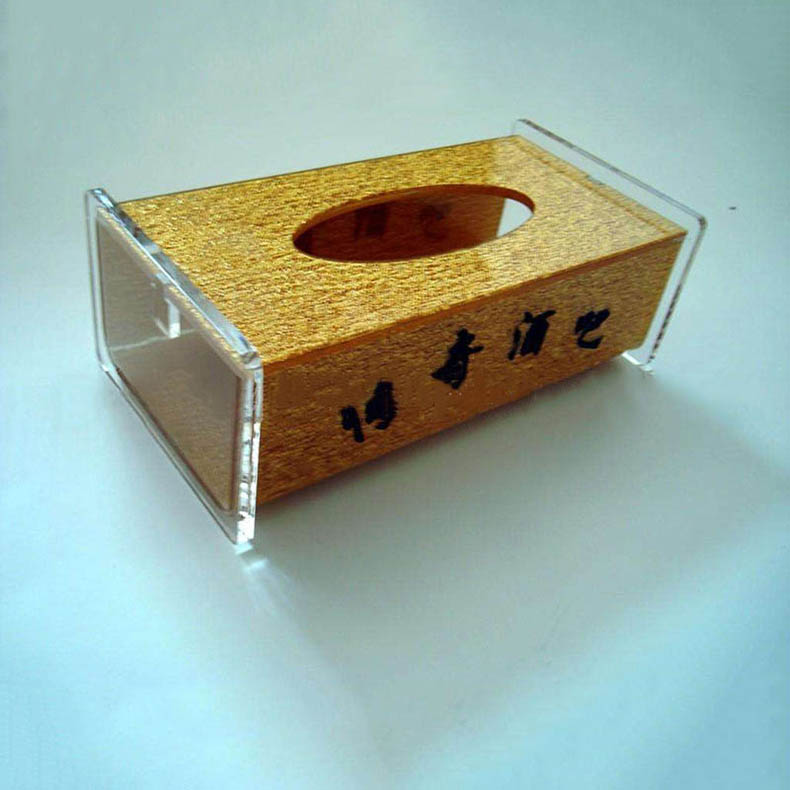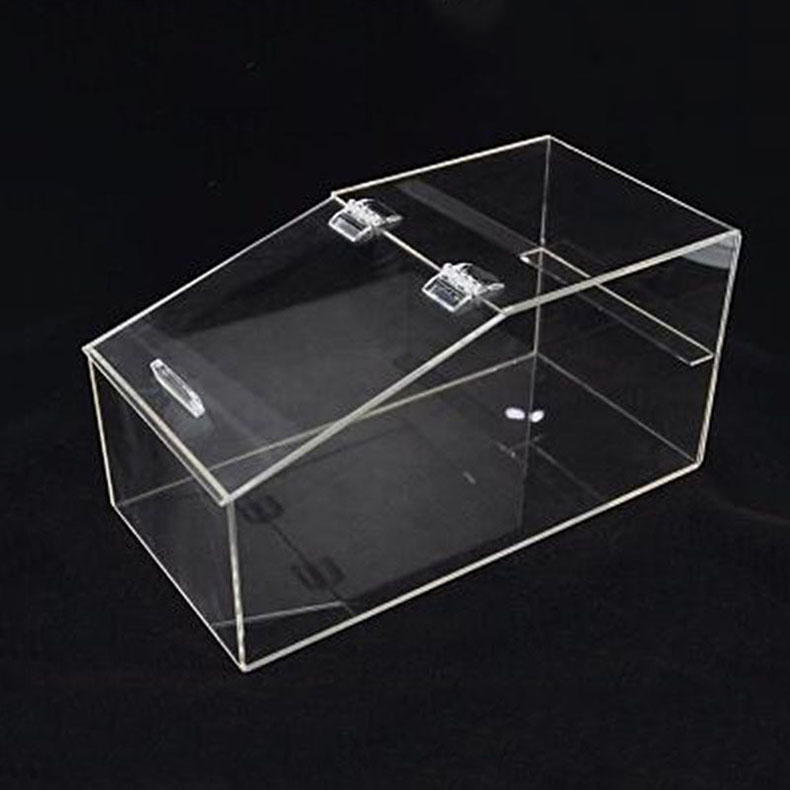Is Acrylic a Cheap Material?
Acrylic, also known by its chemical name polymethyl methacrylate (PMMA), has gained significant popularity in various industries due to its unique properties. It is a synthetic material known for its transparency, durability, and versatility, making it a preferred choice for applications ranging from luxury goods to everyday items. However, the question of whether acrylic is a cheap material is not straightforward and depends on several factors, including its quality, application, and market dynamics.
Understanding Acrylic and Its Properties
Acrylic is a thermoplastic material that can be molded, extruded, or cast into various shapes and forms. It was first developed in the 1930s and has since become a ubiquitous material in numerous industries. Key characteristics of acrylic include:
Transparency: Acrylic is often referred to as “plexiglass” because it can achieve a clarity that rivals glass but with added durability and safety.
Durability: It is highly resistant to impacts, scratches, and UV radiation, making it a long-lasting material.
Lightweight: Acrylic weighs significantly less than glass, which is advantageous for applications where weight is a concern.
Versatility: It can be easily colored, textured, and cut, making it suitable for a wide range of applications.
Cost Factors Associated with Acrylic
The cost of acrylic can vary widely based on several factors:
Raw Material Cost: The price of raw acrylic sheets or pellets can fluctuate based on market demand, supply chain issues, and raw material availability. The cost of raw acrylic is often higher than that of other common plastics but lower than many metals and specialty materials.
Quality: Like any material, acrylic comes in different grades. High-quality acrylic is more resistant to yellowing and scratching, making it more expensive. Lower-quality acrylic may be more affordable but can degrade over time, affecting its aesthetic and functional value.
Manufacturing Process: The method used to produce acrylic (e.g., casting vs. extrusion) can influence the cost. Cast acrylic, known for its superior clarity and thickness tolerance, is typically more expensive than extruded acrylic, which is more commonly used in less demanding applications.
Size and Thickness: Larger sheets or thicker materials naturally cost more due to the increased amount of raw material required. Custom sizes and thicknesses can also drive up costs due to the need for specialized cutting or processing.
Design Complexity: Custom-designed acrylic products, such as bespoke sculptures or intricate signage, often require advanced manufacturing techniques and skilled labor, which can significantly increase costs.
Market Demand: The demand for acrylic in certain industries, such as architecture, automotive, or consumer goods, can affect pricing. High demand can drive prices up, while oversupply can reduce costs.
Applications and Price Points
To fully understand whether acrylic is “cheap,” it’s essential to consider its applications and the price points associated with each:
Low-Cost Applications: In some cases, acrylic is used as a low-cost alternative to more expensive materials. For example, it is often used in low-cost furniture, signage, and packaging. Here, the cost advantage of acrylic over glass or metal makes it an attractive choice.
Mid-Range Applications: In more mainstream uses, such as picture frames, display cases, and household items, acrylic offers a balance between cost and quality. The material’s durability and aesthetic appeal make it a popular choice for these applications.
High-End Applications: For luxury goods, such as designer jewelry displays, high-end store fixtures, and architectural features, high-quality acrylic is often chosen for its superior clarity and durability. In these cases, the cost of the material is secondary to its ability to enhance the perceived value of the product or space.
Comparative Analysis
To determine whether acrylic is cheap, it’s helpful to compare it to other materials commonly used in similar applications:
Glass: Glass is a traditional material for transparent enclosures and display cases. While it has a distinctive appearance and is more scratch-resistant, it is heavier, more fragile, and often more expensive to produce and transport.
Plastic: General-purpose plastics, such as polycarbonate or PVC, are often cheaper than acrylic. However, they lack the clarity, UV resistance, and durability of acrylic, making them less suitable for high-demand applications.
Metal: Metals like aluminum or stainless steel are used in many structural and decorative applications. While they offer strength and longevity, they are typically more expensive than acrylic and lack its transparency and versatility.
Conclusion
The question of whether acrylic is a cheap material is relative and context-dependent. Acrylic offers a unique combination of properties that make it highly versatile and suitable for a wide range of applications. While it can be relatively inexpensive in comparison to some materials, such as glass or metal, it is not always the cheapest option. The cost of acrylic varies based on factors such as quality, manufacturing process, and market demand.
In conclusion, acrylic is not inherently cheap or expensive; its cost is determined by the specific requirements of the application and the desired level of quality. For many applications, acrylic’s balance of cost, durability, and aesthetics makes it a cost-effective and attractive choice.



